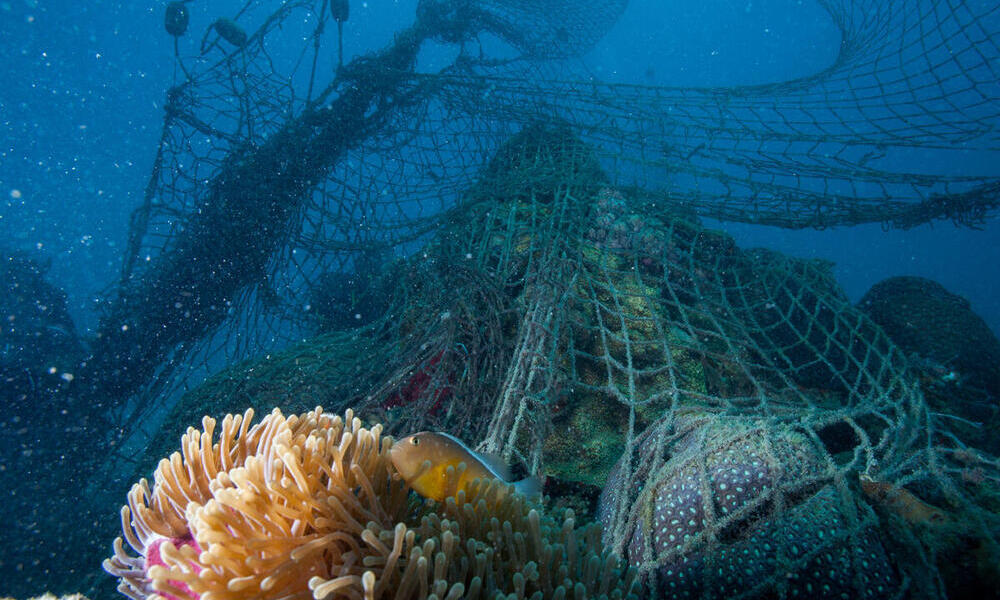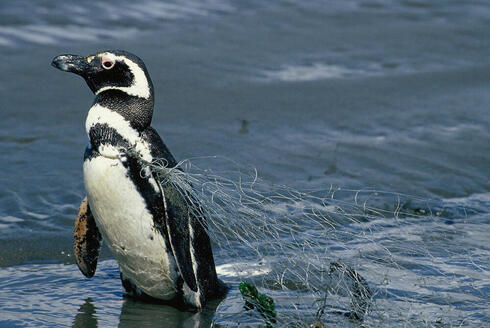While we’ve known the threat of ghost gear for decades, we’ve only begun to understand the full extent of its impact in the last few years.
It’s estimated that ghost gear makes up at least 10% of marine litter. This roughly translates to between 500,000 and 1 million tons of fishing gear abandoned in the ocean each year. Ghost gear impacts marine mammals, seabirds, sea turtles, and more, and is the type of debris that has proven to be the most lethal. In Mexico's Upper Gulf of California, for example, abandoned gillnets have contributed to driving the vaquita porpoise to the brink of extinction. WWF has removed over 62 tons of gillnetting in efforts to save the world’s smallest porpoise, but only around 10 individuals remain.
Many animals that get caught or entangled in ghost gear can die a slow and painful death through suffocation or exhaustion. Ghost gear also damages valuable marine habitats, such as coral reefs and mangroves. Gear that’s made of plastic can take decades to break down into smaller pieces, meaning entanglement and direct damage to the environment can persist for significant periods of time.
Studies have shown that over 90% of species caught in ghost gear are of commercial value. Therefore, ghost gear can undermine the sustainability, stability, and economic returns from fisheries by reducing or eliminating harvests. Ghost gear also poses a danger for navigation and threatens the safety of mariners. Finally, like all other marine debris, ghost gear affects tourism by spoiling the natural beauty of an area.






